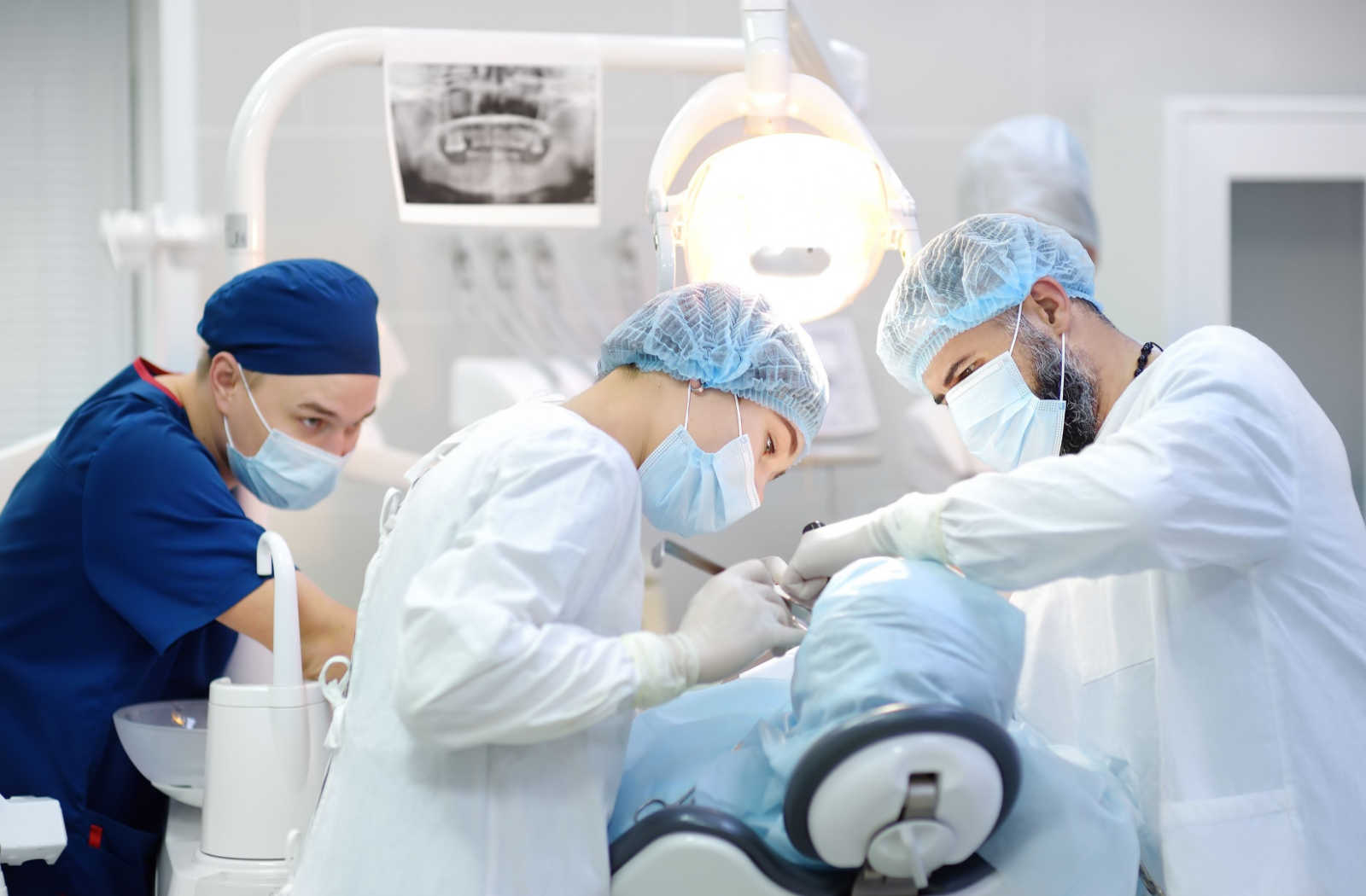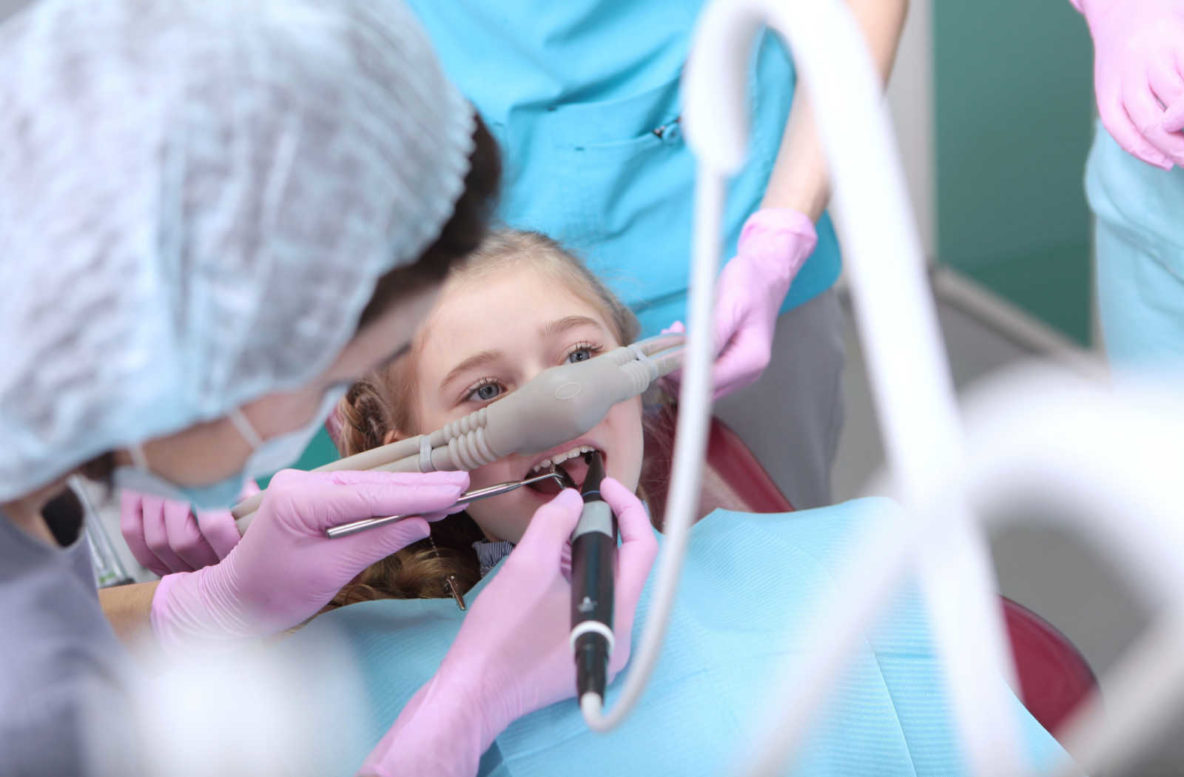It's not uncommon to feel a certain amount of anxiety around visiting the dentist. Sedation dentistry offers a way to have a relaxed and comfortable visit. You may also need sedation for some procedures, like getting a filling to deal with tooth decay.
Your dentist can explain the specific sedation options they offer, but the three common levels of sedation are minimal, moderate, and deep. This article provides an overview of each level, commonly used types of sedation, and things to consider before, during, and after sedation.
What Is Sedation Dentistry?
To understand how the three levels of sedation dentistry differ, let's take a quick look at what it is. When there is any reason to cause a client discomfort, such as dental anxiety, fear of needles, or inability to control movements, some form of sedation may be an option.
Keep in mind that sedation doesn't necessarily mean unconscious; that would be another procedure called general anesthesia. This is typically less common than sedation in dental situations. Still, there are more invasive procedures like dental surgery that may require the patient to be entirely unconscious.
Generally, sedation dentistry ensures that you feel relaxed and almost in a dream-like state. The level of sedation your dentist puts you under determines how pronounced these effects are.
Types of Sedation
Dentists typically use three common types of sedation: laughing gas, oral medication, and intravenous (IV) medication. Let's take a brief look at each of them.
Laughing Gas
Nitrous oxide is also known as laughing gas for the mild euphoria or happiness some people experience. Two significant reasons for its popularity among dentists are its low risk and how quickly it leaves the patient's system.
Oral
Typically oral medication is administered 30 minutes to an hour before your appointment to give it time to take effect. Two common medications are Valium or Halcion. Depending on the dosage your dentist provides you determines how quickly the sedation fades.
IV
As the name implies, IV sedation is administered directly into a vein. This sedation is typically used when deep sedation is required. The dentist or emergency medical technician (EMT) can monitor all your vital signs, like oxygen levels, heart rate, or blood pressure and adjust the medication as needed throughout the procedure.

Levels of Sedation Dentistry
Ultimately, your dentist can consider your health history and the procedure for which level of sedation you need.
Minimal Sedation
You will likely feel calm and relaxed when minimally sedated while remaining alert and wide awake. Laughing gas is a common sedative used for minimal sedation because of how quickly it leaves your system. You'll even be able to drive yourself home from the dentist after minimal sedation in many cases.
Moderate Sedation
Even with moderate sedation, you'll still be fully awake. The calm and relaxed feeling will likely be much more pronounced, though. Additionally, you may slur your words and be less alert to the procedure taking place.
Typically moderate sedation is done with IV medication. Oral may also be an option in some cases.
Deep Sedation
Deep sedation may be the best option for severe dental anxiety or procedures with a high potential higher levels of discomfort, including longer procedure duration. This form of sedation puts the patient at the edge of consciousness. They may even fall asleep. But unlike general anesthesia, they can typically be woken easily with a gentle nudge.
Before, During, and After Sedation
Here's a brief rundown on what to consider or expect throughout the process, starting before you're sedated through waking up and going home.
Before
Your dentist will usually discuss anything particular to your situation, like allergies or feelings about the procedure before sedation. Generally, you should avoid eating for around 6 hours before your appointment. In most cases, prescription medications should continue uninterrupted. But let your dentist know if you're on any medication so they can ensure there are no negative drug interactions.
During
Once the sedative takes effect, you should simply need to follow your dentist's instructions. For example, they will likely tell you to relax and confirm you're not feeling any anxiety or discomfort.
After
In many cases, you'll need to arrange for a ride from your appointment. The only common exception is if the dentist uses laughing gas to sedate you because it leaves your system so quickly. Besides that, medications can take a half hour to a day to leave your system completely.
Discuss Your Sedation Options With Your Dentist
Dental anxiety or other fears shouldn't prevent you from seeing the dentist. After all, the Canadian Dental Association recommends that you see your dentist for an exam and cleaning twice a year.
If you can only do this with sedation, have that conversation with your dentist. Give us a call here at Green Grove Dental. Our professional staff is happy to answer all your questions and book you an appointment with one of our dentists.

